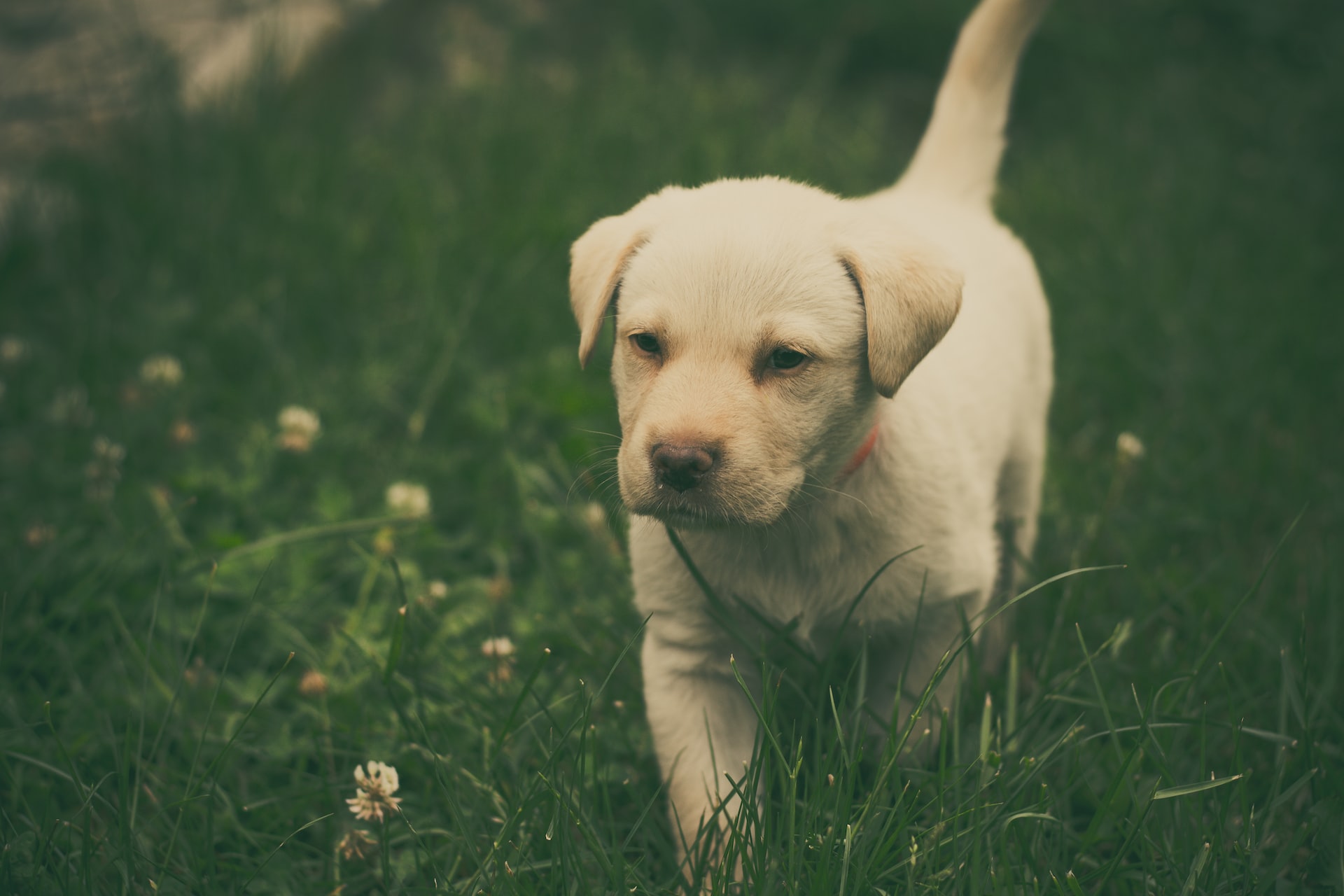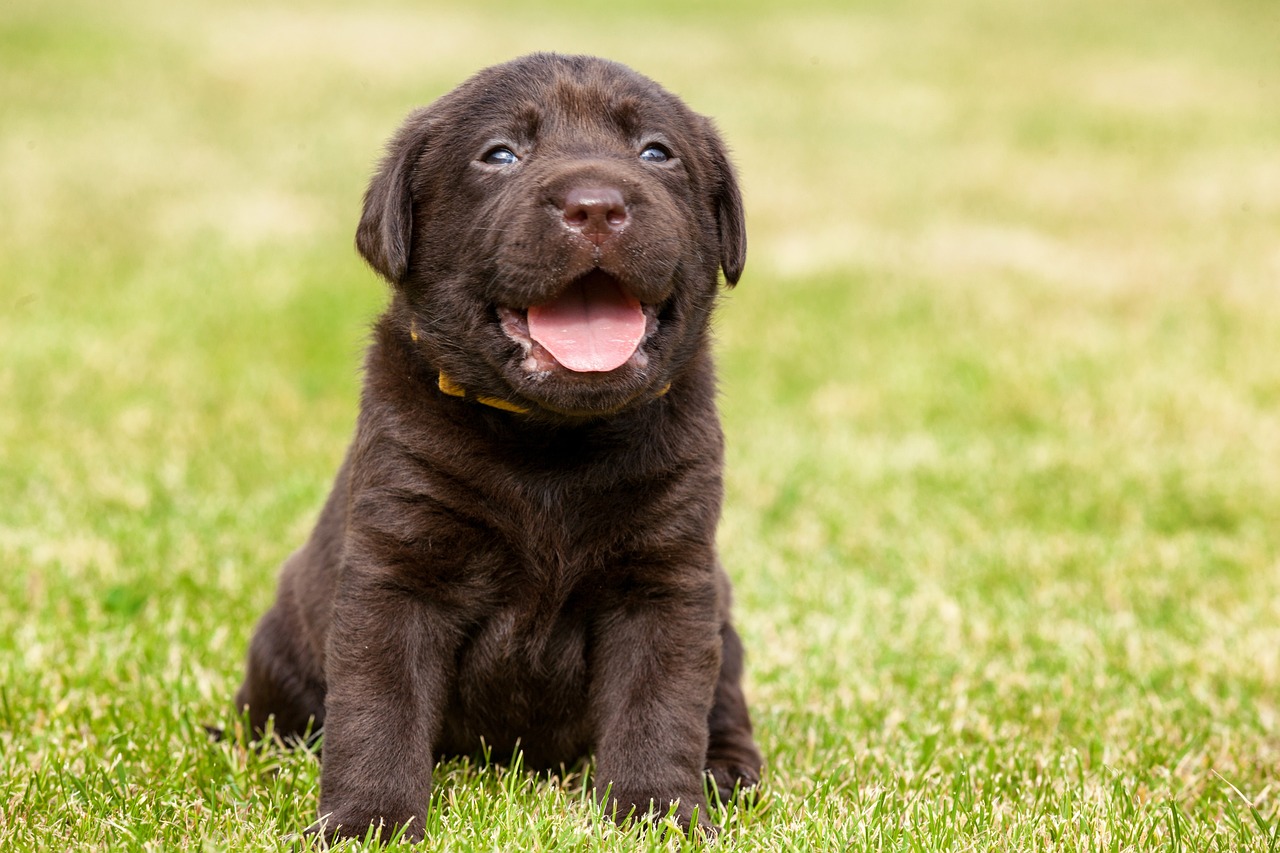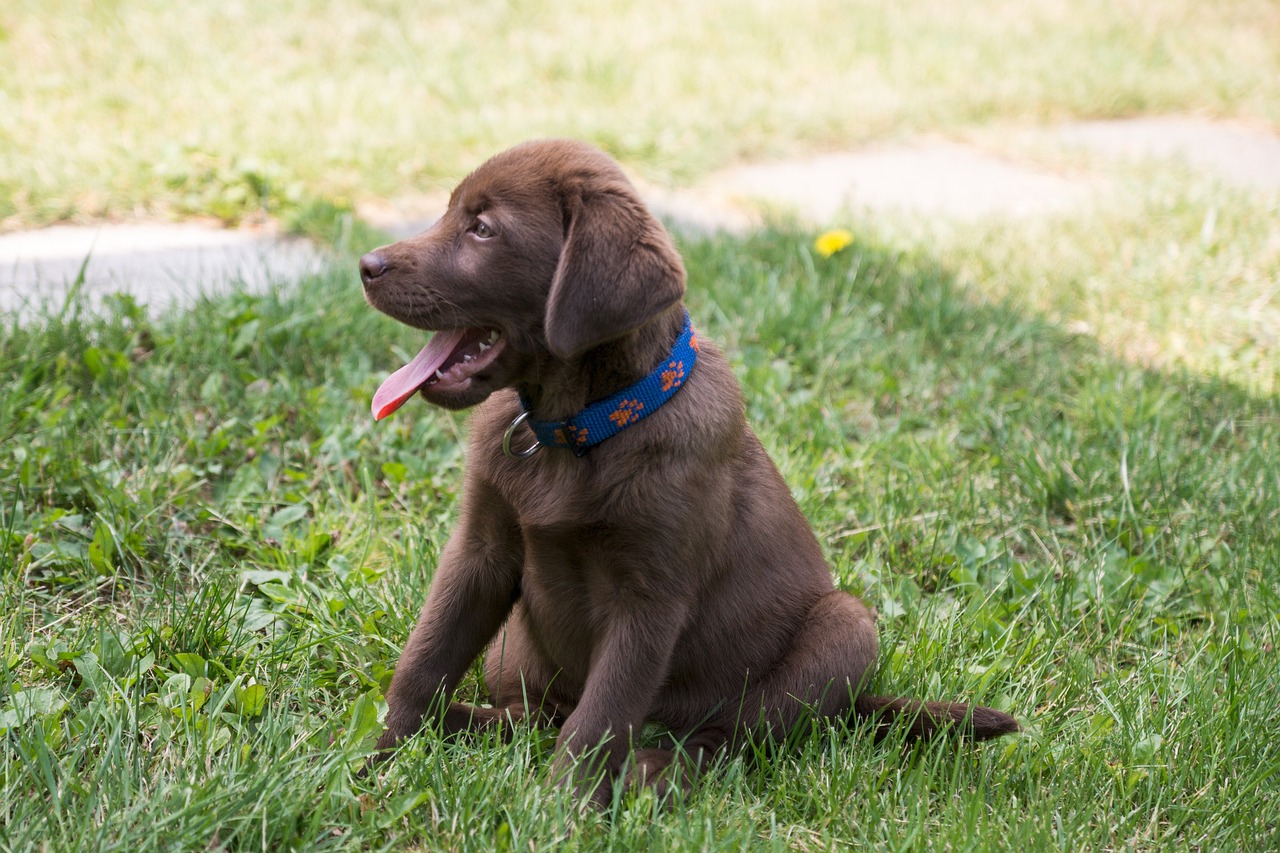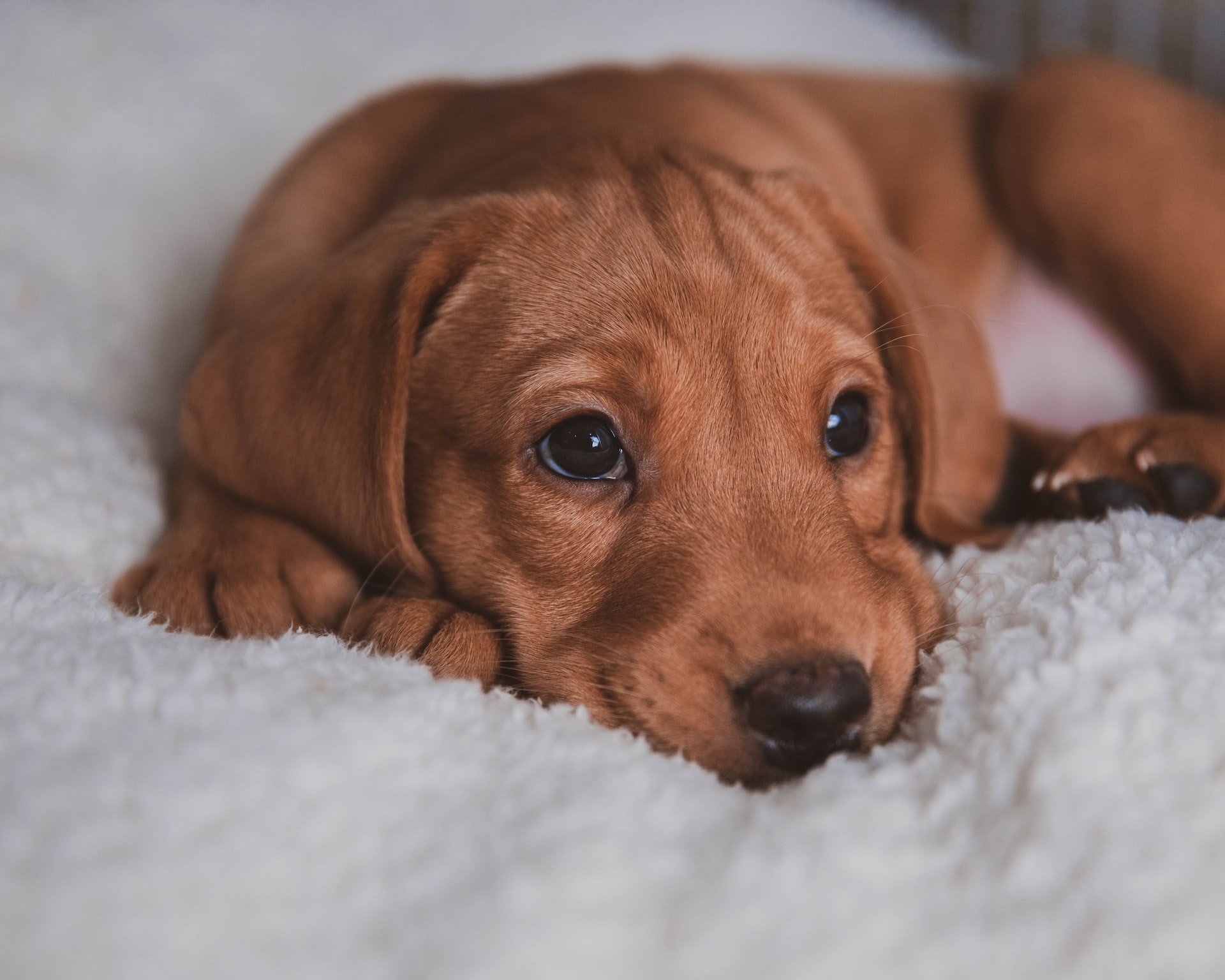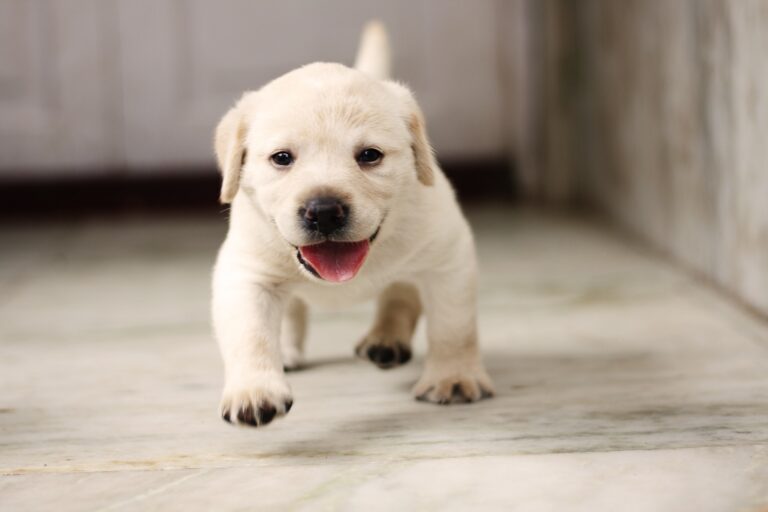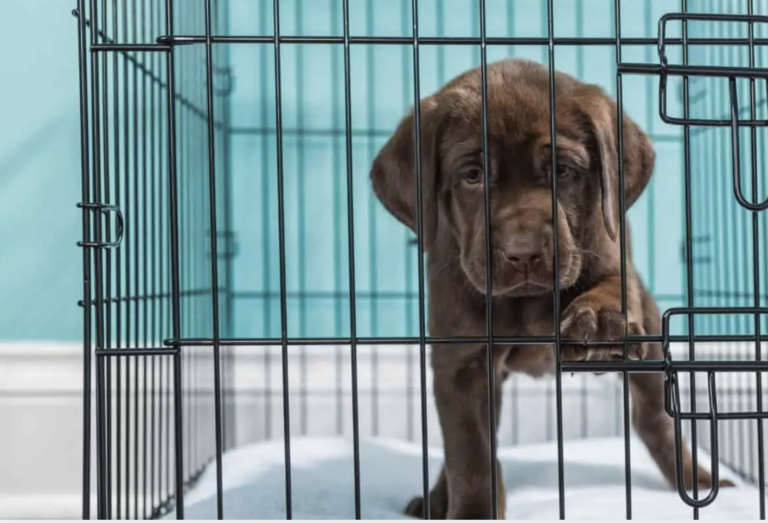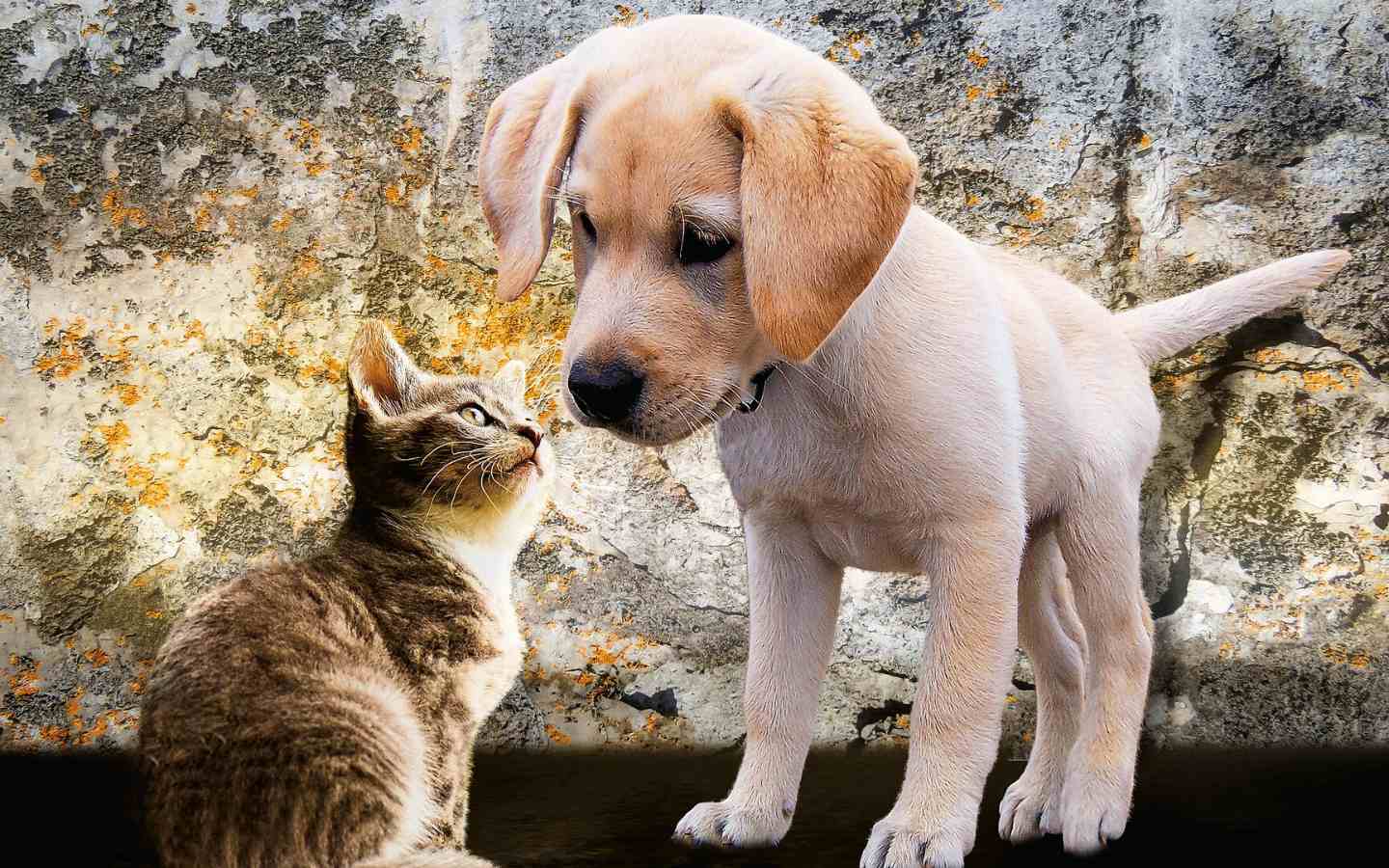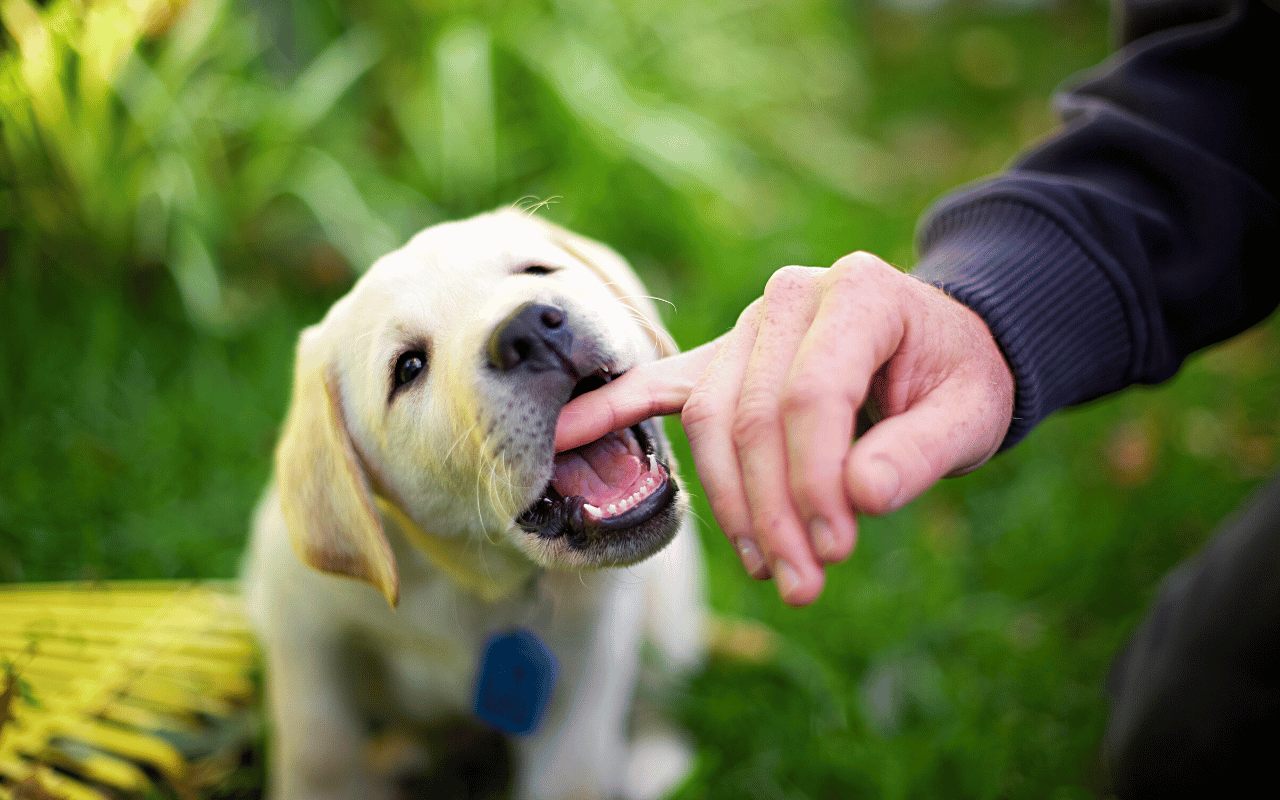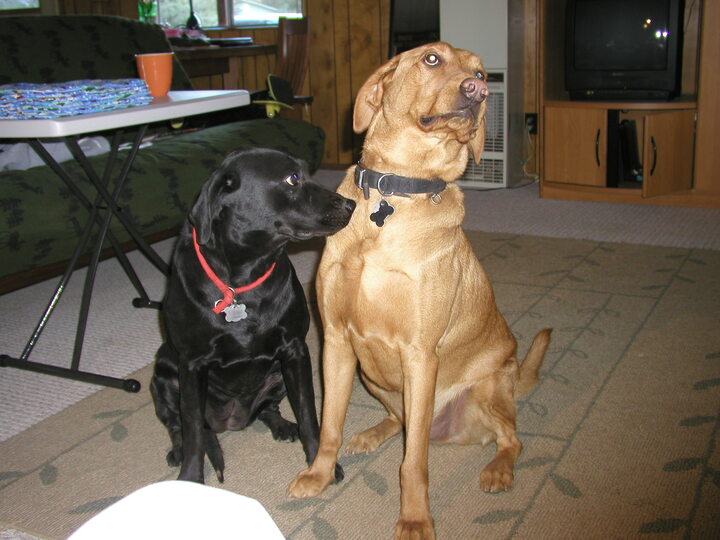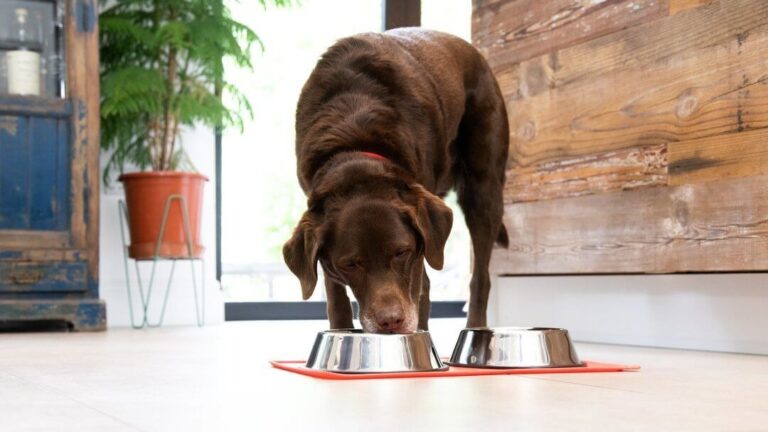A Quick Guide on How to Potty Train A Puppy Labrador
Congratulations if you’ve recently brought home a furry bundle of joy, a cuddly, eagerly-snuggling puppy Labrador! But with this newfound love comes the challenge of teaching your pup how to do its business outside rather than inside. But do you already know how to potty train a puppy labrador?
Potty training can be an overwhelming task for new pet parents, but thankfully it’s nothing that can be conquered with guidance and patience. Keep reading to learn how to progress from those inevitable accidents in the house to tidy trips outdoors efficiently and effectively.
What Age Should Your Lab Start Potty Training
Potty training your Lab is a vital part of taking care of them. As a responsible pet owner, it’s essential to know when to begin potty training your pup so it can be the best-behaved pup possible.
When looking at the right age for potty training, you should begin once your Lab is between 8 and 10 weeks old. It is because, at this puppy’s age, they can control their elimination needs better than when they are younger.
The ideal time for potty training is around 12 weeks old, as the pup will have better bladder control and be able to learn quicker at this age.
Generally, Labradors will be fully house-trained by six months when they can adequately control their bladder. While each pup is unique and individualized in terms of training speed, it typically takes between four to twelve months for a Labrador Retriever to master housebreaking with minimal accidents along the way.
Some of the factors that affect the length of time it takes to potty train a pup are:
Puppy’s Size
If you have the smallest pup of the litter, toilet training may be more complicated than with a medium or large dog. Size is one factor to consider when determining the timeline of your Labrador puppy potty training. Smaller dogs can take longer and require extra patience on your part.
So, why exactly is this the case? While not all clinicians agree, some suggest that smaller dogs have a higher metabolism. Thus, their bladders fill up faster than larger breeds. As such, they need to go outside more often, which can make potty training more difficult.
History
Labrador puppies housed in an unsuitable environment, such as a shelter or with an unethical breeder, may take some extra time to fully understand the concepts of toilet training. Ensure they adopt desirable habits by addressing any prior negative behaviors first. For instance, if, up until this point, they’ve gone to the bathroom in their crate, then you should no longer use a crate for potty training purposes.
Medical problems
A Labrador Retriever puppy may also require more time to potty train if they suffer from medical problems. Examples include urinary tract infections or bladder stones, which can cause discomfort when a pup goes too long without emptying its bladder.
To ensure no medical impediments, take your pup to the vet as soon as possible. If anxiety issues arise and your Lab seems uncomfortable in his crate, this can excessively extend potty training timeframes.
Method
Many pet owners make the mistake of believing in misguided training techniques such as yelling, physical punishment, or punishing their dogs for accidents. However, these tactics are ineffective and can cause your puppy to develop fear and distrust toward you.
When it comes to potty training your Labrador, the most important thing is consistency. Consistently rewarding desired behaviors will reinforce and help your pup understand what’s expected of them faster.
How to Potty Train A Puppy Labrador
Potty training can be one of the most daunting tasks for pet owners. It’s important to remember that all young puppies need guidance and patience during this process. Knowing how to potty train a lab puppy is essential for your and your pup’s health and happiness.
Here’s how to toilet train your lab puppy.
Crate Training
Using a crate is also an effective method of potty training a puppy Labrador. It involves confining your pup in its crate when it cannot be supervised directly by you, another family member, or a friend. The idea is to create positive associations with their crate so that they will not use it as a toilet area but rather feel alone and safe.
Make sure that the crate size fits your pup comfortably without extra space, as this will help reduce accidents while inside the crate due to the lack of space/roominess inside it.
Use the Open Door Technique
Teach your Labrador Retriever puppy to use the door he’ll go through each time he needs to relieve himself. He can indicate his need by scratching on it, barking, or standing at the threshold and waiting for you to open up. Before taking him outside, always lead him there first so that he knows what you expect from him.
Avoid picking him up, as this can hinder his learning process. Stand before the entrance and wait a few minutes before letting your pup into nature’s restroom! When he wakes from his nap or first thing in the morning, as well as for middle-of-the-night potty breaks, lead him to the door and open it. Then let him go out on his own. No need to drag him outside!
As you teach your Labrador Retriever to recognize the door as his designated bathroom, use a cue phrase such as “go potty” to prompt him. He should be able to wisely realize that when you speak the command, he needs to go out and relieve himself or, even better, start heading towards the door on his own accord!
Clean Up Accidents Quickly and Properly
Accidents happen! When they do, clean up quickly and adequately using enzymatic cleaners designed for pet messes. This help remove the odor that could otherwise lead your pup back to the spot where they had an accident before since their sense of smell is stronger than ours!
Praise good behavior when there are no accidents as well. Avoid accidents by reinforcing positive behaviors in your pup!
Recognize when your puppy’s bladder is filling up
Knowing when your pup needs to go outside for toilet breaks is essential in potty training them. Pay close attention to your pup’s behavior, such as whining or pacing, as this could indicate they need to go out.
As soon as you notice these signs, take them outside and provide positive reinforcement when they do their business in the correct spot.
Create a Schedule
Creating a schedule for potty breaks is also essential in potty training your pup. It helps create consistency and helps them understand when they should go outside. Make sure to include early mornings, after meals, and before bedtime as part of the schedule.
Pick A Specific Potty Spot
Prevent your Labrador Retriever from destroying the pristine beauty of the rest of your lawn by choosing one specific area to let them do their business. Doing so will avoid any unpleasant surprises, such as dog droppings or urine spots on other parts of your yard.
Train your puppy to go potty in the exact location in your yard each time. You can also use verbal cues such as ‘go potty’ when walking towards this area so that he understands it’s a designated space for doing his business. It will make it easier for him to remember where exactly he should relieve himself when you’re not there to guide him.
Successful House Training Tips For Labrador Puppy
Labrador puppies are known for being smart and easy to train, but house training can be a challenge. Here are some tips to help you get your pup on the right track.
Start Early
It’s best to begin house training your Labrador puppy as soon as you bring him home. Establishing a routine early on will make it easier for you to teach him good habits. Start by taking him out every few hours, then gradually increase the time between trips outside.
Whenever he successfully eliminates outside, reward him with praise and treats! It will help establish positive behavior patterns in his mind that will last for years.
Find an Appropriate Place
When you take your puppy outside, choose a spot away from distractions like toys or people. Choose one area of the yard or park where you will always take him, so he can learn that this is his designated bathroom spot. Doing this will help create consistency in his potty-training routine, which is essential for successful house training.
Set Up Indoor Potty Areas
In addition to taking your pup outside regularly, it’s also important to designate specific areas inside your home as “potty zones” that he can eliminate if needed.
These spots should be easily accessible and away from high foot traffic areas like hallways and living rooms. To encourage him to use these areas instead of other parts of the house, put down pee pads or newspapers in these spots so they are ready when he needs them.
Rewards and Positive Reinforcement
When your pup does something good like going potty outside, praise them immediately with positive reinforcement such as verbal praise or treats, whatever works best for your pup! Rewarding good behavior will encourage them to repeat it in the future and help them learn faster than if you were punishing bad behavior all the time.
When accidents happen indoors, despite your efforts at prevention, remain calm. Simply clean up the mess without making any fuss over it so as not to reinforce inappropriate behavior from your pup.
Be Consistent With the Training
Consistency is the most important thing to remember when potty training a Labrador puppy. Set a schedule, use positive reinforcement and rewards, and be patient. Your new pup will get the hang of it in no time!
Frequently Asked Questions
Are Lab puppies easy to potty train?
Lab puppies are known to be one of the most popular and intelligent dog breeds, so it is not surprising that they can be quickly potty trained. Most labs are very quick learners. Given the right environment and training, they can learn basic command words quickly. Lab owners typically report a considerably shorter potty training period than other breeds, which is a testament to their bright natures and capacity for learning.
How often do Labradors need to pee?
Labradors require frequent opportunities to go outdoors, as they have a high metabolism and need to pee often. It would be best to take most healthy adult Labradors outdoors around four times per day, but it may vary somewhat depending on activity levels, age, and diet. Of course, most puppies may need to relieve themselves more often due to their smaller bladders, so provide frequent outings for them throughout the day if possible.
Also, it is essential to avoid encouraging them to waste too much energy indoors during unsupervised playtime or exercise such activities should only take place outdoors for best results.
At what age is it too late to potty train a dog?
Potty training a dog is a key part of preparing your pup for life with you, but many pet owners wonder if there’s such a thing as too late to potty train. While the optimal time to start potty training is right when you bring your puppy home, you can still teach dogs of any age good toilet habits.
The most important part is understanding how to communicate with your pup and showing them love and patience. Getting an older dog accustomed to the process will take longer than teaching a young pup, but it’s never too late to help your furry friend learn how to relieve themselves in designated areas.
How to stop a Lab puppy from pooping in the house?
Feed your puppy at the same time each day and then take them outside right after eating. The more frequent trips outside, the better. Most dogs prefer routine, so this helps them understand that they need to wait until they’re outside before they are allowed to use the bathroom. Create positive reinforcement by giving them treats when they go to the right area. Avoid scolding or punishing your pup if all else fails and accidents happen inside. It will create confusion instead of preventing bad behavior next time.
Final Words
Potty training a Labrador puppy can be daunting and time-consuming, but it’s important for their long-term development and your sanity. With patience and dedication, you can teach your pup how to use the bathroom in the appropriate places. Be consistent with rewards, use positive reinforcement whenever possible, and take them outside frequently. With time and effort, your pup will learn its potty manners quickly!

